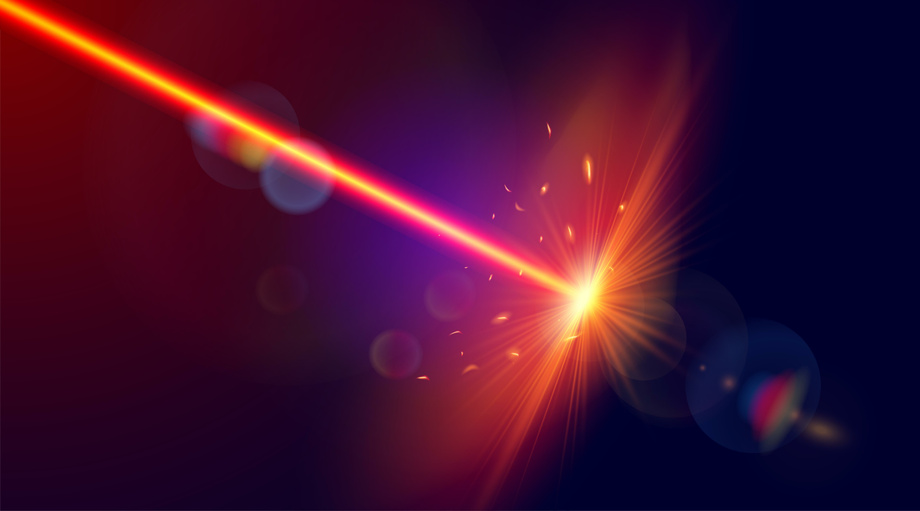Laser Assisted Ignition Method to Enable Ammonia Combustion

Source: Yuri Hoyda, https://stock.adobe.com/uk/565983722, stock.adobe.com
Background
Decarbonization of the power production, transportation, industrial and building heating sectors is pivotal for meeting net-zero carbon goals of 2050. As solar and wind are rapidly brought online to decarbonize the power grid, we are faced with the intermittent availability of renewable energy. Battery grid storage and pumped hydro has proven to be a significant lever to mitigate daily and weekly intermittency issues, but seasonal intermittency remains a challenge. Green hydrogen from renewable energy is already being worked on to solve renewable energy intermittency issues. However, hydrogen is difficult due to its low energy density and poor material compatibility. More complex fuel molecules such as ammonia (NH3) can solve the energy density problem and can readily be decomposed, on-demand, to generate hydrogen.
Technology
To overcome the high ignition temperature requirement and challengingly slow flame speeds associated with NH3 combustion by evaluating and understanding the use of a) laser-induced photochemical pathway for ammonia fuel decomposition into intermediate chemical species of NH2 and NH as well as b) laser-induced breakdown pathway for ammonia fuel ignition. By using laser ignition include high ignition location selectivity (single-, multi- focal spots) in combustion chamber, precise control of ignition timing and ignition energy correspond to active means of controlling ignition phenomena. This causes the ammonia to form unstable nitrogen intermediates and elemental hydrogen making the fuel more reactive. By using unstable intermediates as means of ignition the fuel becomes more reactive, but by using a laser the risk of NOX being the main pollutant is less likely to occur, without modification.
Advantages
High ignition location selectivity single and multi-focal spots - No quenching boundary - Energy costs of operating a portable laser - More environmentally conscious
Application
Can be applied to any vehicle that can use a combustion engine - Takes the place of a spark plug
Inventors
Dimitris Assanis, Assistant Professor, Mechanical Engineering
David Hwang, Assistant Professor, Mechanical Engineering
Licensing Potential
Development partner - Commercial partner - Licensing
Licensing Status
Available
Licensing Contact
James Martino, Licensing Specialist, Intellectual Property Partners, james.martino@stonybrook.edu,
Patent Status
Publication No. Patent Pending
Tech ID
050-9410
